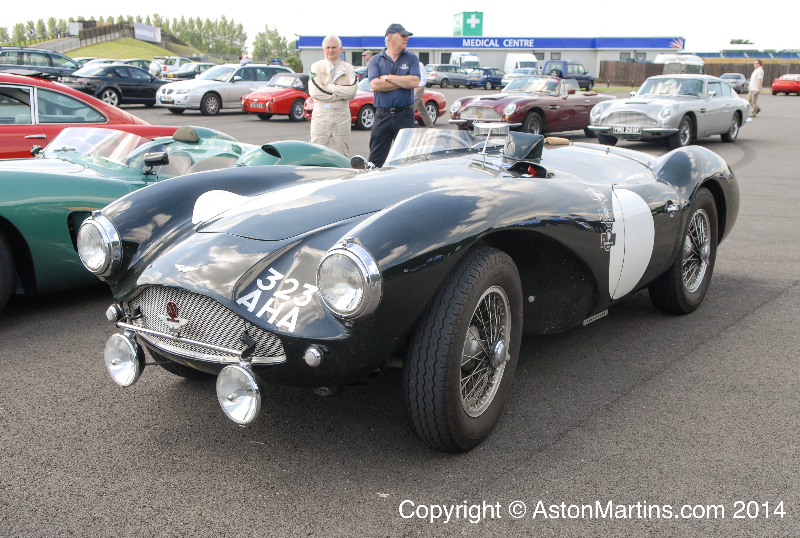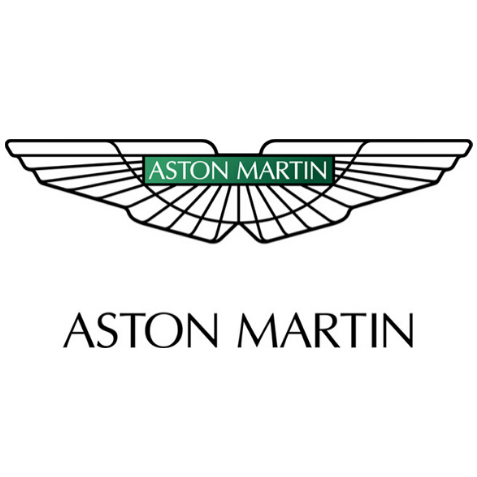1955 Aston Martin DB3S

The descriptions of the Classic Cars in the Directory were partly generated or supplemented with the help of artificial intelligence (AI). The content may occasionally not always be entirely accurate or factually correct despite careful checking.
The Aston Martin DB3S 1955 is a true classic car that embodies the elegance, sophistication, and power inherent to the Aston Martin marque. Built as a racing car, this model harkens back to the golden era of sports car racing in the 1950s, and its timeless design and engineering continue to inspire awe and admiration among car enthusiasts and collectors alike.
At the heart of the Aston Martin DB3S 1955 is a legendary twin-cam straight-six engine, which produces up to 220 horsepower and reaches a top speed of around 140 mph. This engine is mated to a 5-speed manual transmission, which provides smooth and precise shifting, and allows the driver to fully exploit the car's power and performance.
The DB3S was designed with lightweight materials in mind, and as a result, the car is relatively light compared to its contemporaries. The body is constructed of an aluminum alloy, which reduces weight while providing excellent rigidity and durability. The overall design of the car is aerodynamic and sleek, with a low profile that allows the car to slice through the air at high speeds.
One of the notable features of the Aston Martin DB3S 1955 is its suspension system. The car features a front suspension with trailing arms and coil springs, and a rear suspension with a DeDion axle and transverse leaf springs. This setup allows for precise handling and excellent road feel, which is critical for a racing car.
The braking system of the DB3S is also exceptional, with hydraulic drum brakes on all four wheels providing ample stopping power when needed. The car's steering system is a rack-and-pinion setup, which provides precise and responsive handling, and allows the driver to make quick turns and maneuvers when racing.
Inside the Aston Martin DB3S 1955, the car is sparse and functional, with a focus on the driver and the racing experience. The car features a small, wood-rimmed steering wheel, a set of gauges and dials, and simple bucket seats designed to keep the driver firmly in place during high-speed turns and maneuvers.
Overall, the Aston Martin DB3S 1955 is a classic racing car that embodies the timeless elegance, power, and performance that defines the Aston Martin marque. Its combination of lightweight materials, powerful engine, precise handling, and excellent braking and suspension systems make it a true classic among sports car enthusiasts and collectors.
Milestones
- Aston Martin DB3S was launched in 1953 as a successor to the DB3 - In 1955, the DB3S received significant upgrades that included a redesigned body, improved suspension, and a more powerful engine - The new engine was a 3.0-liter inline-six that produced up to 240 horsepower, giving the car a top speed of 155 mph - The DB3S had a successful racing career in 1955, winning several high-profile races including the 24 Hours of Le Mans, the Tourist Trophy, and the Goodwood Nine Hours - The car was driven by several legendary drivers during its racing career, including Stirling Moss and Peter Collins - In total, Aston Martin produced 31 DB3S models between 1953 and 1956 - The DB3S remains one of the most iconic and sought-after racing cars in history, and is highly prized by collectors and enthusiasts today.Technical
- Engine: 2.9-liter straight-six engine - Power output: 262 hp at 6,500 rpm - Top speed: approximately 150 mph - Transmission: 4-speed manual - Suspension: independent front suspension and live rear axle with trailing arms and torsion bars - Steering: worm and nut - Brakes: Girling hydraulic drum brakes - Weight: approximately 2,120 pounds - Wheelbase: 87 inches - Dimensions: 145 inches in length, 54 inches in height, and 60 inches in width - Construction: aluminum body over a tubular space frame chassis - Racing success: won the 1955 24 Hours of Le Mans in its debut year, finished 2nd and 3rd in the same race in 1956, and won multiple other events including the Goodwood 9 Hours and the Nürburgring 1,000 Kilometers.CLASSIC CAR MATCHER
